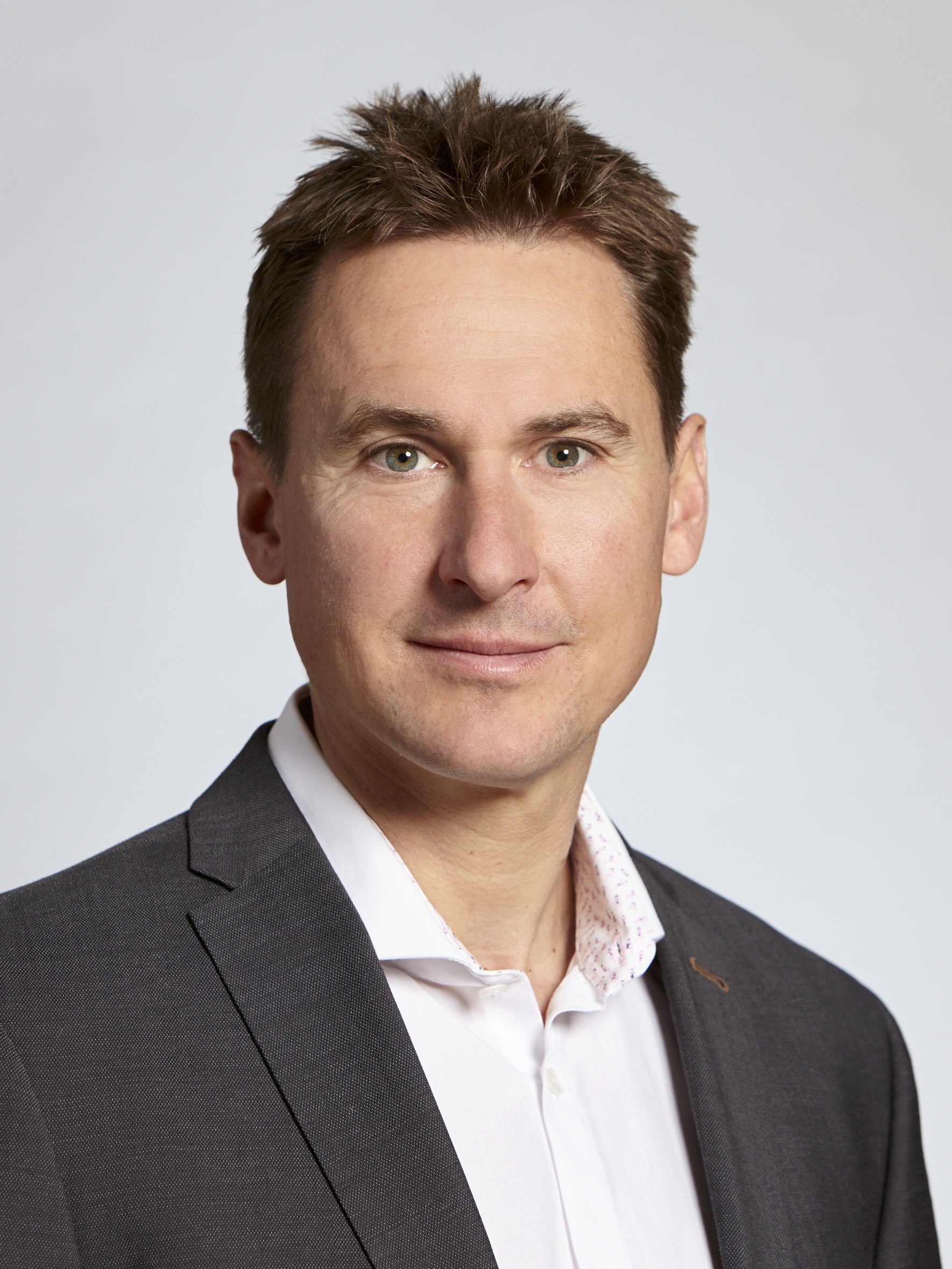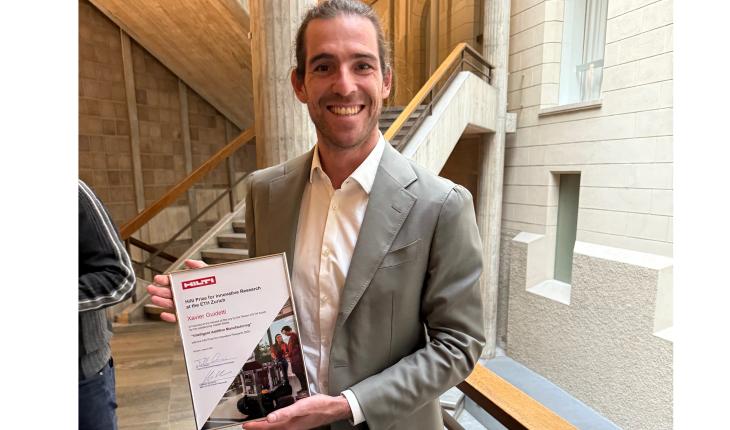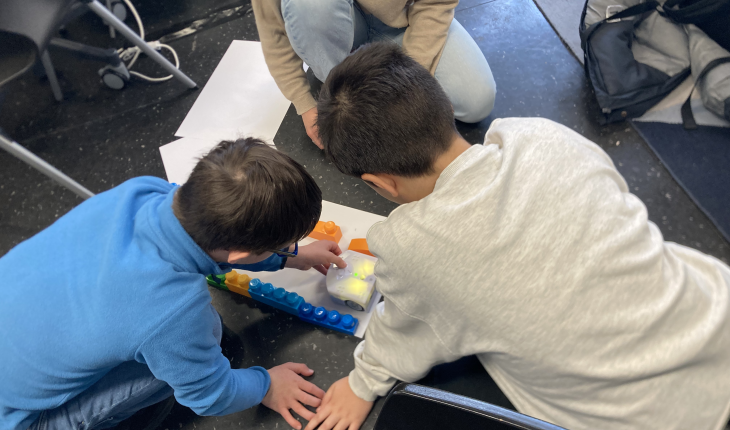Behind the curtain of social media platforms

On social media platforms like Instagram, TikTok or Twitter, like-minded users circulate and engage with content related to their interests and beliefs. This leads to the formation of communities. Yet how exactly this process takes place, remains poorly understood. Researchers of the University of Zurich, ETH Zurich and the NCCR Automation investigated how these communities form and how their central figures – the influencers – arise. Their results, recently published in the journal Nature Communications, not only shed light on these processes, but may also reveal ways to mitigate the polarization that often occurs on these platforms.
From friends to followers

“Social structures have traditionally depended on personal relationships – friends, families, neighbours and co-workers that form communities. Many previous attempts to study structures in online social networks were therefore often rooted in social and behavioural sciences”, first-author of the study, researcher at the University of Zurich and member of the NCCR Automation Nicolò Pagan explains.
Yet structures in online social networks do not necessarily depend on personal relationships. “Our intuition was that this is especially true for newer platforms, where users can follow others without making any other form of connection. Instead, they would be based rather on the users’ content quality”, Pagan adds. In other words: users who offer the best content gather the most followers – and thus become influencers.
Quality is key
To test their intuition, Pagan and his colleagues formulated a mathematical model based on a Twitter network composed of over 6000 users from the scientific community. They ranked the users based on the number of followers (which they took as an indication of the user’s content quality) and studied the sequence of connections that users made. “Our analysis showed us that over time, users would preferentially follow higher ranked users than those they were already following”, Pagan says. The results therefore not only confirmed the team’s intuition but in fact revealed that users producing the highest quality content had twice as many followers as the user with the second highest quality, and so on – a characteristic that is known as Zipf’s Law, after the American linguist George Kingsley Zipf.
The researchers then validated their model by comparing its predictions of follower ranking and related network features of communities on the platform Twitch with their actual structures. “Overall, the results suggested that our model captures characteristic features of today’s online social networks quite well – and more realistically than previous models”, study co-author Florian Dörfler, a Professor at the Automatic Control Laboratory of ETH Zurich and a member of the NCCR Automation adds. Yet this is only a first step.
Regulation would be too late

Social media platforms analyse their users’ behaviour and try to increase their engagement by showing them the content that they will likely enjoy and interact with the most. Thus, these platforms contribute to the shaping of so-called filter bubbles in which users rarely encounter information conflicting with their views.
“In the context of areas like politics or public health, however, these filter bubbles can become a problem. The algorithms that contribute to their formation are designed to increase the platform’s revenue and have little regard for the potentially harmful side effects on society. It is therefore important to study social media platforms and their algorithms. For example, tools from fields like control theory allow us to predict how feedback learning algorithms, such as recommendation systems, influence a complex system – like society”, Pagan says.
“Combining such results with learnings from different disciplines is exactly what we do within the frame of the NCCR Automation. This will allow us to recommend necessary steps to prevent detrimental outcomes before they manifest. Solely relying on regulatory reactions to control this development would likely be too slow”, Dörfler concludes.
Link to the scientific publication: A meritocratic network formation model for the rise of social media influencers, Pagan et al., Nature Communications, 2022


